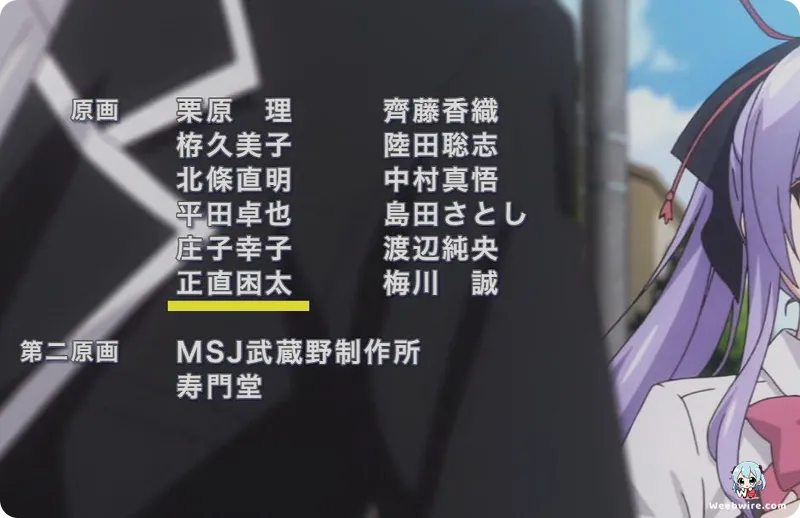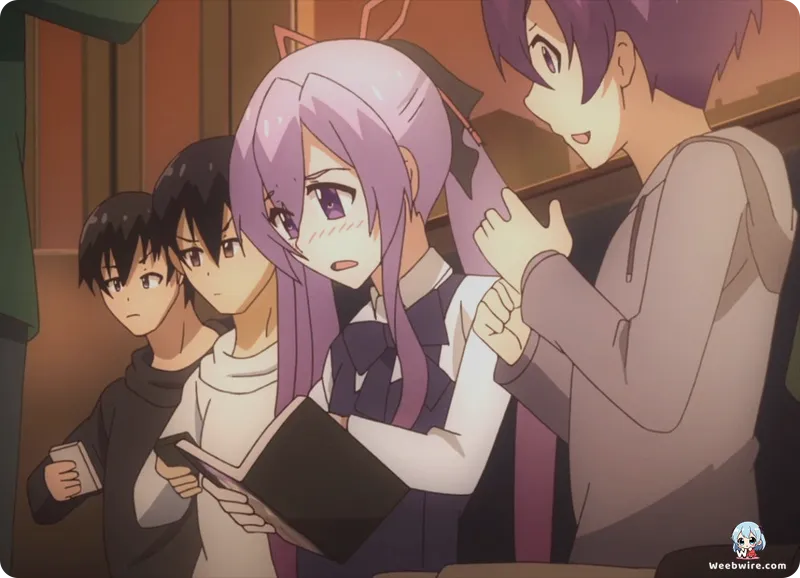My Sister, My Writer: The Anime That Ignited Fandom Discussions and Redefined Its Own Legacy

In the dynamic world of anime, where countless stories compete for attention, some titles achieve prominence not just through their plot, but by sparking unique and widespread discussions among fans. My Sister, My Writer (Ore ga Suki nano wa Imouto dakedo Imouto ja nai), which debuted in October 2018, is a prime example. While its core premise—an ordinary brother secretly ghostwriting for his seemingly perfect younger sister's popular light novel series—is inherently captivating, the anime quickly became a focal point for extensive debate, often exploring the intriguing, and at times surprising, aspects of its production and subsequent reception.
The Unconventional Sibling Duo
The series introduces Yuu Nagami, a typical high schooler, and his sister Suzuka Nagami. Suzuka not only excels as the student council president but also secretly writes a wildly popular light novel about a sister's deep devotion to her older brother. The comedic journey begins when Suzuka, after winning a prestigious literary award, faces a dilemma: her public image as a pristine student council president clashes sharply with the suggestive content of her literary work. To protect her reputation, she enlists Yuu to ghostwrite for her and represent her at public events. This arrangement thrusts Yuu into a whirlwind of looming deadlines, fan interactions, and the constant risk of their shared secret being exposed.
Suzuka's character is particularly engaging due to her unwavering dedication to her otaku passions. Beneath her flawless facade lies a meticulous researcher who deeply immerses herself in the world of her light novels, frequently leading to uproariously exaggerated scenarios. This duality provides a continuous source of humor, often placing Yuu in awkward, ecchi-laden situations. Her commitment, even to content that might be deemed unconventional, offers a meta-commentary on the often-concealed passions of creators and their diverse sources of inspiration.
Exploring the 'Imouto' Genre

The anime's exploration of the 'imouto' (little sister) genre is another fascinating dimension. While it embraces tropes of sibling romance and the 'siscon' archetype, it simultaneously subverts audience expectations. Yuu’s internal monologues frequently highlight the absurdity of his predicaments, serving as a relatable proxy for the audience's own reactions to the genre's more outlandish elements. The series does not just present these tropes; it frequently winks at them, inviting viewers to share in the humor of exaggerated scenarios and over-the-top character reactions. This self-awareness, though not always flawlessly executed, injects a layer of depth into what could otherwise be a straightforward, fan-service heavy narrative.
The Unforeseen Impact of Animation Quality
Perhaps the most widely discussed and surprising aspect of My Sister, My Writer pertains to its animation quality. Upon its release, the series quickly became a hot topic across various anime communities due to its distinctive visual presentation, particularly concerning character designs and consistency. This ignited a flurry of online debates, memes, and critical analyses, cementing its status as one of the most memorable anime of its season, albeit for reasons extending beyond its narrative content. This unforeseen outcome vividly illustrates how production challenges or stylistic choices, whether intentional or not, can profoundly shape an anime’s legacy and its enduring memory among its audience. It stands as a unique case study in how fan reception can elevate a series into a cultural phenomenon, irrespective of initial critical consensus.
Beyond the Core Duo: A Colorful Supporting Cast
Beyond the central duo, the supporting cast introduces a wealth of eccentricities. Mai, Yuu's childhood friend and a fellow light novel author, introduces an additional layer of comedic rivalry and romantic tension. Her own struggles as an author, coupled with her competitive spirit, offer a compelling contrast to Suzuka's more audacious approach. Then there is the flamboyant illustrator, 'Ahegao-sensei,' whose extravagant personality and artistic demands further complicate Yuu's ghostwriting endeavors. These characters, while often serving as comedic foils, also contribute to a broader commentary on the light novel industry, illuminating the diverse personalities and challenges inherent in bringing a story to life.
Themes of Identity and Authorship
While frequently light-hearted and comedic, the series also delves into themes of identity, authorship, and the blurred boundaries between public perception and private reality. Suzuka's struggle to uphold her 'perfect sister' image while pursuing her true passions resonates as a relatable dilemma for anyone who has felt the need to conform to societal expectations. Yuu's journey as a ghostwriter compels him to confront his own creative capacities and his evolving relationship with his sister, pushing him beyond his comfort zone in unexpected ways.
In essence, My Sister, My Writer transcends the typical romantic comedy. Through its distinct premise, quirky characters, and widely debated production aspects, it has carved out a unique and memorable place in anime history. Its fusion of ecchi humor, sibling dynamics, and meta-commentary on the creative process makes it a fascinating watch for those intrigued by the more unconventional side of anime, proving that sometimes, the most talked-about elements are not always those initially intended by the creators. It is a testament to how an anime can become a cultural touchstone through unforeseen avenues, solidifying its status as an essential piece of trivia for any dedicated anime fan. The series encourages viewers to look beyond the surface, to appreciate the humor in its absurdity, and to reflect on the often-unpredictable journey of creative works from concept to screen.
Credits
My Sister, My Writer
Author
Seiji Ebisu
Cover Art
Gintarou
Studio
NAZ
Publisher
Kadokawa (Fantasia Bunko)
Producers





